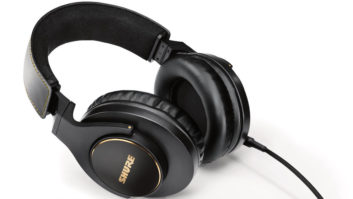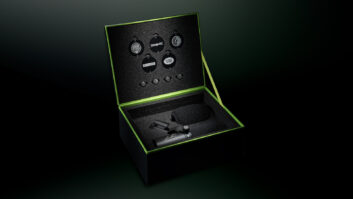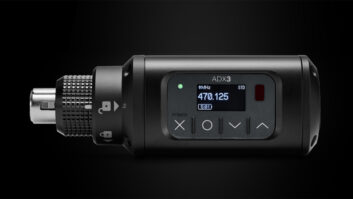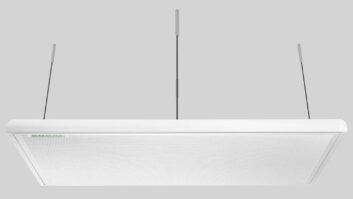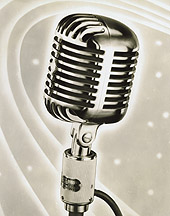
Seeking to create a low-cost cardioid dynamic microphone, Shure engineer Benjamin Bawmzweiger (he later changed his name to Bauer), began developing the Unidyne in early 1937. Prior to this, most unidirectional patterns were achieved by multi-element mics that combined the outputs of omni and figure-8 capsules via a switch or panpot. The concept worked, but resulted in bulky mics with uneven frequency response and unpredictable directional patterns.
Bauer felt a single-capsule approach was the only workable solution. He experimented with capsules having front and rear openings that allowed sound waves to reach the diaphragm. Partially blocking the rear openings created a short phase delay that effectively cancelled the sounds from the rear. Varying the rear port resistance created various directional patterns—cardioid, hypercardioid and supercardioid—and the Unidyne was born. Debuting in 1940 as the Model 55A/B/C (three versions with different output impedances), the Unidyne was an immediate hit. Nearly 70 years later, it remains in production as the model 55SH—combining vintage looks with a modern capsule.
In 1993, the Shure 55 was immortalized on a U.S. postage stamp honoring the career of Elvis Presley. This watercolor depiction by artist Mark Stutzman shows the young singer cradling the mic, which to this day continues to be known unofficially as the “Elvis mic.” This first-class postage issue went on to become the most popular U.S. commemorative stamp of all time.
For more background on the Elvis stamp, clickhere.
Check out a vintage spec sheet for the Shure Unidyne 55 at images.mixonline.com/files/141/shure-55.pdf.
